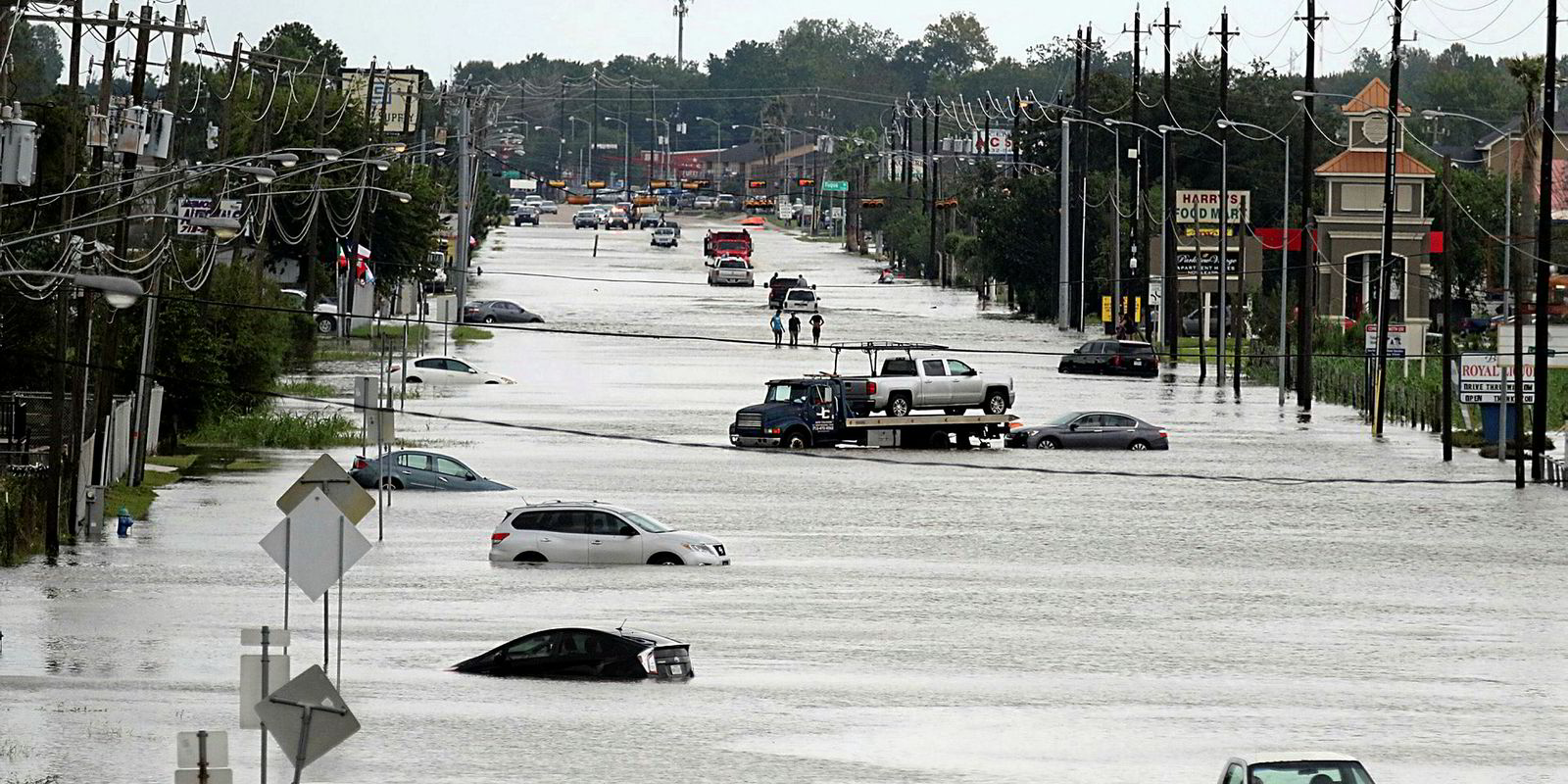Time is running out for underwriters who are unconcerned about the state of the hull market, according to Peter Townsend, head of marine underwriting for AmTrust’s syndicate 1206.
At a recent London hull-market dinner, Townsend warned colleagues that the long-term unprofitability of the hull market could soon be impacting on them personally.
“In 2016, there were more jobs than people on the hull underwriting side," he warned. "For 2017, I think we’re in equilibrium. Unless 2018 improves, there’ll be more people than jobs.”
Townsend compares hull underwriters to the ensemble that kept playing as the Titanic slipped below the waves or lemmings with underwriting pens in their hands.
He acknowledges that hull insurance has become more sophisticated, with underwriters looking at Pareto curves and what deviations from the norm are statistically significant or coincidences.
“We have got more actuaries than you can shake a stick at but has that made us better underwriters? I think the answer is no," Townsend said. "It doesn’t take a mathematician to see there’s no margin in the business and hasn’t been for several years.
“We’ve been giving premium reductions, continuity credits and so on. Claims haven’t increased but the premium base has decreased as a result of the softer market conditions.
“But if we’ve given a discount to a particular shipowner, we should be charging a rise to another shipowner. We’re keen to give discounts, but barely anyone’s gets a loading."
TradeWinds has reported changing views on the state of the hull market several times this year, with some participants hopeful that it is bottoming out or at least the rate of decline is reducing.
But there is an alternative view that the combination of huge underwriting capacity and extreme competition means the hull market is condemned to remain soft permanently.
Townsend sees some evidence of underwriters rediscovering they have a backbone but cautions “all it means is we’re drowning less”.
“If we as a market pat ourselves on the back for getting a renewal as expiry, given a similar development of claims, that means we’re not going to lose more than we are already losing,” he said.
He is cynical about underwriters, arguing that their own results are better than average.
“They can be better than average but for every overperformer there has to be an underperformer,” he said.
Townsend notes that while a new risk may look attractive, business almost invariably is not really new but recycled.
“It is usually a risk where the existing market has paid a loss or requires more premium and the broker is shopping around to find alternatives," he said. "So new risks to one underwriter are almost certainly undermining the efforts of the incumbent market.
“Many years ago, we had ‘Dr Deductible', Mark Brockbank, who stood up to be counted."
Until the late 1980s, London market underwriters were party to the Joint Hull Understandings. It involved a graph that set the minimum increase a shipowner had to pay for a particular loss record and a respect-the-lead agreement that helped shackle fleets to the holding underwriter and rules relating to deductibles.
These all helped keep the hull market on an even keel but were unsustainable price-fixing agreements. The final blow came when the European Commission ruled they had to go.
Nevertheless, a few years later, Brockbank, then chairman of the joint hull committee and now a director of US insurance group WR Berkley Corp, was still sufficiently influential to prescribe a dose of rate rises, increased deductibles and restricted terms that led to the last really hard hull market.
Compliance with antitrust laws makes discussion of pricing matters even more sensitive today. Townsend doubts current conditions will ever allow a very hard hull market to develop again.
“We’re all competitive and we’re all open for business, so we all have to make our own individual decisions on that," he said. "But we really have to look at the adequacy in the portfolio for the business that we’re writing."





